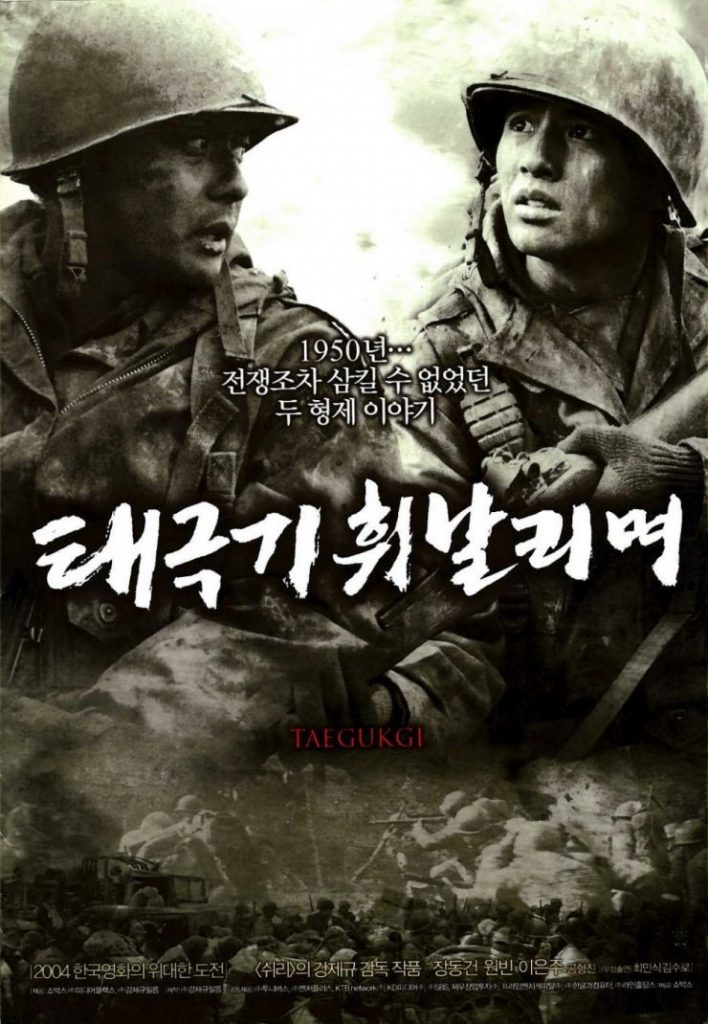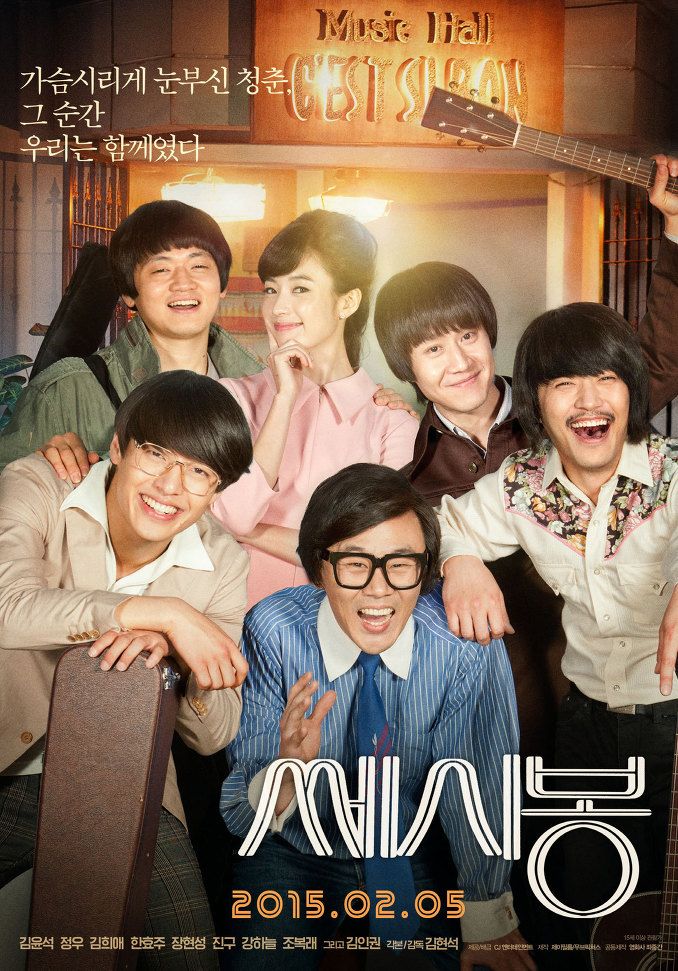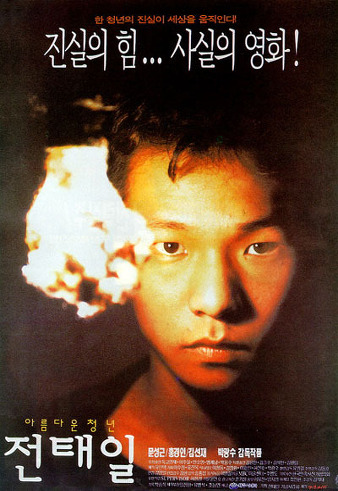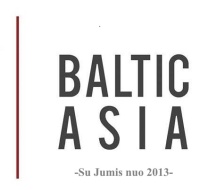Watching movies is a great way to pleasantly spend time, though you can watch it not only for leisure time. Sometimes you would not even think that movies can be seen as a mirror that reflects the cultural aspects of a country that the movie director was from. Even though most of the time movies have a made-up plot, they are often based on real historical events. South Korean cinematography has been getting extremely popular lately all over the world. Therefore, we would like to recommend you a list of South Korean movies that are worth watching. This article introduces a short historical background and important events in South Korean history. Then it is followed by the movies that portray those events.
“Taegukgi: The Brotherhood of War” – a movie about the Korean War

On June 25th 1950, two years after the division of Korean peninsula, North Korea, supported by China and Soviet Union, attacked South Korea, that was supported by the United Nations. The war continued up until the armistice on July 27th 1950, although the peace treaty has not been signed until this day. Korean war had become one of the most destructive wars in the second half of the 20th century.
“Taegukgi: The Brotherhood of War” (directed by Kang Je-gyu, 2004) shows how araised war has completely changed lives of Koreans. Two main characters of the movie are brothers who suddenly have to enlist in the South Korean army. The brutality of the war quickly affects their caring brotherly relationship. This only proves how thin the line between friends and enemies gets during the time of a war. One special thing about the movie is that it stays objective. It means it does not glorify one side of the war and does not try to prove that the democratic regime was the right one. A cruel reality of a wartime South Korea is shown through atrocious behaviour of both North and South Koreans. The movie title “Taegukgi” comes from a name of a national South Korean flag that consists of a half red and half blue circle called taeguk.
“Ode to My Father” – family fate in Korean historical background

In “Ode to my father” (directed by Yoon Je-kyun, 2014) there are a few important South Korean historical moments.
1. During the Korean War in December 1950, soldiers of the United Nations had to evacuate from North Korea after losing one of their battles. In Hungnam port a part of civilians were also evacuated together with the soldiers. While trying to survive in a huge hustle, many people got separated from their family members. This is exactly what happened to the protagonist of the movie Deok-soo, whose youngest sister gets lost from the family. Deok-soo’s father also gets separated while trying to find his daughter.
2. In the beginning of 1960s Koreans were sent to the West Germany for work. Men there worked as coal miners and women as nurses. In the movie “Ode to my father”, Deok-soo, the oldest man left in the family, becomes responsible for his mother and younger siblings. In order to earn money Deok-soo spends a couple of years working in coal mines in the West Germany. In 1970s Deok-soo also takes part in the Vietnam war (1955-1975).
3. In 1983 South Korean television started hosting shows where Koreans tried to find their family members that were separated during the Korean war. This kind of episode is also shown in the movie. Deok-soo is looking for his sister who got lost 30 years ago.
Although the family’s story portrayed in the movie is made-up, “Ode to my father” received a huge success in South Korea. It reminded of the nation’s sorrowful experiences in the past. The movie allows foreign viewers to understand the twists and turns of the Korean history that have influenced a formation of modern South Korea.
![]() “C’est si bon” – a movie for retro music lovers
“C’est si bon” – a movie for retro music lovers

In 1960s-1970s “C’est si bon” existed as a real Seoul music club. Korean musicians of that time performed live American and European songs. Two famous Korean musicians Song Chang-sik and Yoon Hyung-joo first appeared in this club where they created a folk music duo called “Twin Folio”.
This movie (directed by Kim Hyun-seok, 2015) shows both real-life events and made-up stories. While the narration features music by a real band and portrays a real gathering of musicians in the club, the movie also includes a fictional third member. The main focus of the movie is exactly linked towards a romance between the fictional character and a female lead. Although “C’est si bon” did not receive much success in South Korea, it is worth to watch if you enjoy musical movies.
“A single spark” – the sacrifice of a young soul

During the authoritarian rule of Park Chung-hee (1963-1979) South Korean economy has risen massively, but it was achieved through hard work of Korean people. The workers suffered from inhumane labor conditions, long working hours and exceptionally low salaries. In 1968 Jeon Tae-il, a sewing worker, found out about a work standard law that protects workers’ rights. Therefore, he wanted to inform as many people as possible about it. The next year he founded the “Fool’s Association” that was determined to spread the awareness of the issue. However, the activists could not avoid the resistance of government that ignored labor regulations and supported the employers’ side. During one of the protests on November 13th 1970 Jeon Tae-il set himself on fire while shouting “We workers are human beings, too!”.
“A single spark” (directed by Park Kwang-su, 1995) portrays Jeon Tae-il’s battle for the laborers’ rights until the final incident. The young man could not handle watching workers getting injected with amphetamine, that allows them to work longer, as well as seeing how a girl dies from tuberculosis. The story is followed together with another plot line where the year is already 1975. Another activist is hiding from the authorities while writing a book about Jeon Taei-il’s sacrifice. It is true that the death of Jeon Taei-il has drawn more attention to labor rights and conditions. However, a couple of years after the suicide, the situation of workers’ rights barely changed.
It is interesting to mention that Lithuanians tend to compare Jeon Tae-il’s sacrifice story to the one of Romas Kalanta (a man who set himself on fire in 1972 in resistance to Soviet regime). For those interested the movie can be easily accessed on YouTube.
“Taxi driver” – a story of people in the time of an uprising

On May 18-27th 1980 Gwangju uprising occurred in Gwangju, South Korea. In 1979 president Park Chung-hee was assassinated. The next year after the incident an army general Chun Doo-hwan officially took over the office and declared martial law. This led university students of Gwangju to go out to the streets and protest, starting an uprising in May 1980. Despite the fact that the government called the uprising a “communist rebellion”, more and more people were joining the riot. The rebellion was brutally suppressed by using weapons and tanks. Authoritarian regime continued, suppressing the freedom of Korean people.
The main character in “Taxi driver” (directed by Jang Hoon, 2017) is a taxi driver from Seoul. He finds himself in a middle of the Gwangju uprising when he carries a reporter from the West Germany. Although some of the details in the movie did not happen in real life, the story about a German reporter and a Korean driver was indeed real. It was thanks to the reporter Jürgen Hinzpeter that Germany and the rest of the world found out about the events in South Korea. Just like other historical movies, “Taxi driver” allows the audience to learn about one more important period in Korea‘s history. It helps imagine how powerful Korean civil society, who did not stop fighting for South Korea‘s democracy, was.
Author: Simona Armonavičiūtė
